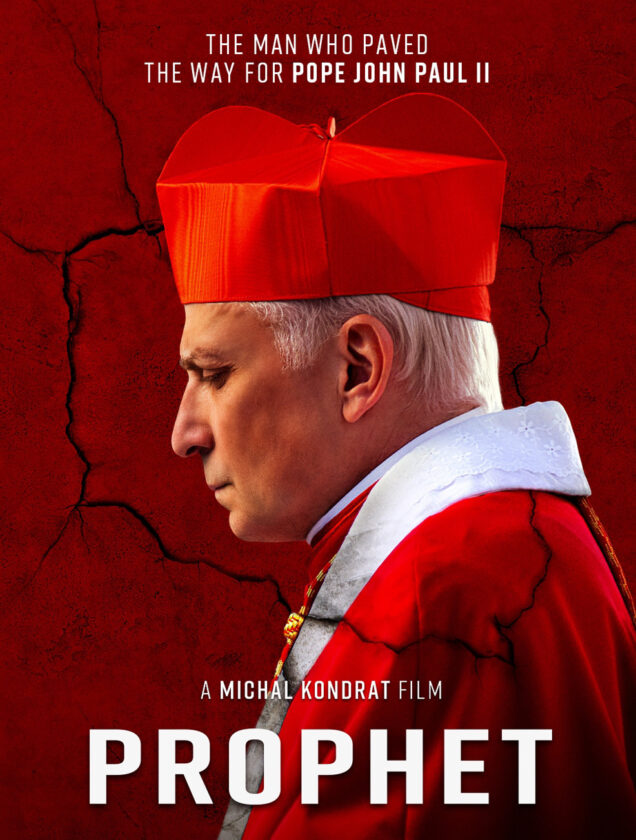The Polish Christmas Eve
A Polish Christmas Tree Ornament
Americans consider Christmas Day the most important day of the Christmas season with Christmas Eve the second most important day. A Polish Christmas involves including Christmas Eve to a much larger extent than Americans do. In fact, Christmas Eve, also known as Wigilia, is the most sacred of nights for the Polish and the focus of the Polish Christmas. The Christmas tree is decorated on Christmas Eve usually by the children. Family is very important and gather together on this night for a family feast. Straw is placed in corners of the room to symbolize the birth of Jesus in the manger.
One cherished activity at the Wigilia celebration is the breaking and sharing of a wafer known as an Oplatek. It is a sacred tradition passed down to every generation. The eating and sharing of this wafer after prayer symbolizes the daily bread of life. The wafer is shared with much love and well wishes to every member of the family and even with animals in rural areas. Once shared, a kiss on the cheek is customary and then the special Wigilia dinner begins. An extra place is set at the table as a sign that the Polish show hospitality to unexpected guests.
The Wigilia and Other Traditional Christmas Foods
The Traditional Polish Wigilia Soup
In America, meat is often a main meal offering on Christmas Day. Christmas Eve is more of an “each family decides what the food will be” kind of thing. One tradition for some Americans is to order in Chinese food or pizza on Christmas Eve. Other popular foods for Americans during Christmas are candies, fruits and Christmas cookies, especially cut out sugar cookies decorated with icing. The varieties are endless and like Christmas meals are chosen in part according to taste preferences or individual ethnic traditional foods since America is a land of mixed heritage.
Polish food is more traditional. The Wigilia traditional meal on Christmas Eve is always meatless due to a religious fast refraining from eating meat on that day. True tradition involves making 12 dishes to represent each Apostle, but some families make less or more. These dishes also represent the four corners of the earth and recipes are passed down from generation to generation. The meal always starts with a special soup made of beets that has dumplings added called uszka. This course is followed by a variety of fish dishes. Another dish always on the menu is perogies, a dumpling filled with various ingredients such as cheese, mushrooms or potato. Other side dishes are fruits, pickles, nuts and vegetables. Traditional candies and cookies, including fruitcakes, gingerbread, pastries and hard candies are also enjoyed.
Polish Christmas Traditions and Customs
A Polish Christmas Szopka
American traditions vary from family to family, but in general involve shopping, having Christmas parties, caroling, having church Christmas plays, religious services, and decorating with lights.
The Polish decorate with a type of castle made out of tin paper. They can be quite elaborate and a contest is held every year in Cracow, Poland to choose the best one. The Polish castles are called Szopka.
Other favorite traditions include Wycinanki which is the art of cutting very detailed Christmas scenes into paper much like our paper snowflakes, but on a higher level of detail.
Christmas day is observed with the immediate family. There is no visiting and foods are leftovers or easily prepared heated up foods. It is a quiet day unlike the American Christmas customs of using Christmas day for visiting and activities.
American Christmas generally is only Christmas Eve and Christmas day. The Polish Christmas extends and has a third day called St. Stephens day or “second holiday.” This is the day used for visiting friends and neighbors. It is also a day when people go caroling in the evening. Sometimes there are 12 boys singing in costumes or a group singing while carrying a cradle that represents Jesus. Carolers are offered refreshment or money when finished.
Like America, an eye is kept on the weather as a white Christmas is preferred. Both cultures use Mistletoe at Christmas but while Americans use it as a reason to steal a kiss, the Polish place it above their door outside to keep evil away during the holiday season.
The Polish Santa
Święto Mikołaja Visiting Children
Santa day, or Mikolaj day as it is called in Poland, is different than the American Santa. The Polish Santa is called St. Nicholas or Święto Mikołaja instead of Santa Claus. He does come bearing gifts for children but he comes weeks ahead of Christmas on his own day. Each child gets one gift that American children never get and that is a switch with a promise of a bigger one next year if they don’t behave. Of course, it is all in fun and the children get toys and gifts too. The Polish St. Nicholas wears bright clothing resembling a church bishops outfit. He comes in a sleigh being pulled by a white horse or riding the white horse. Instead of an elf helper he brings an angel to help him deliver the gifts.


